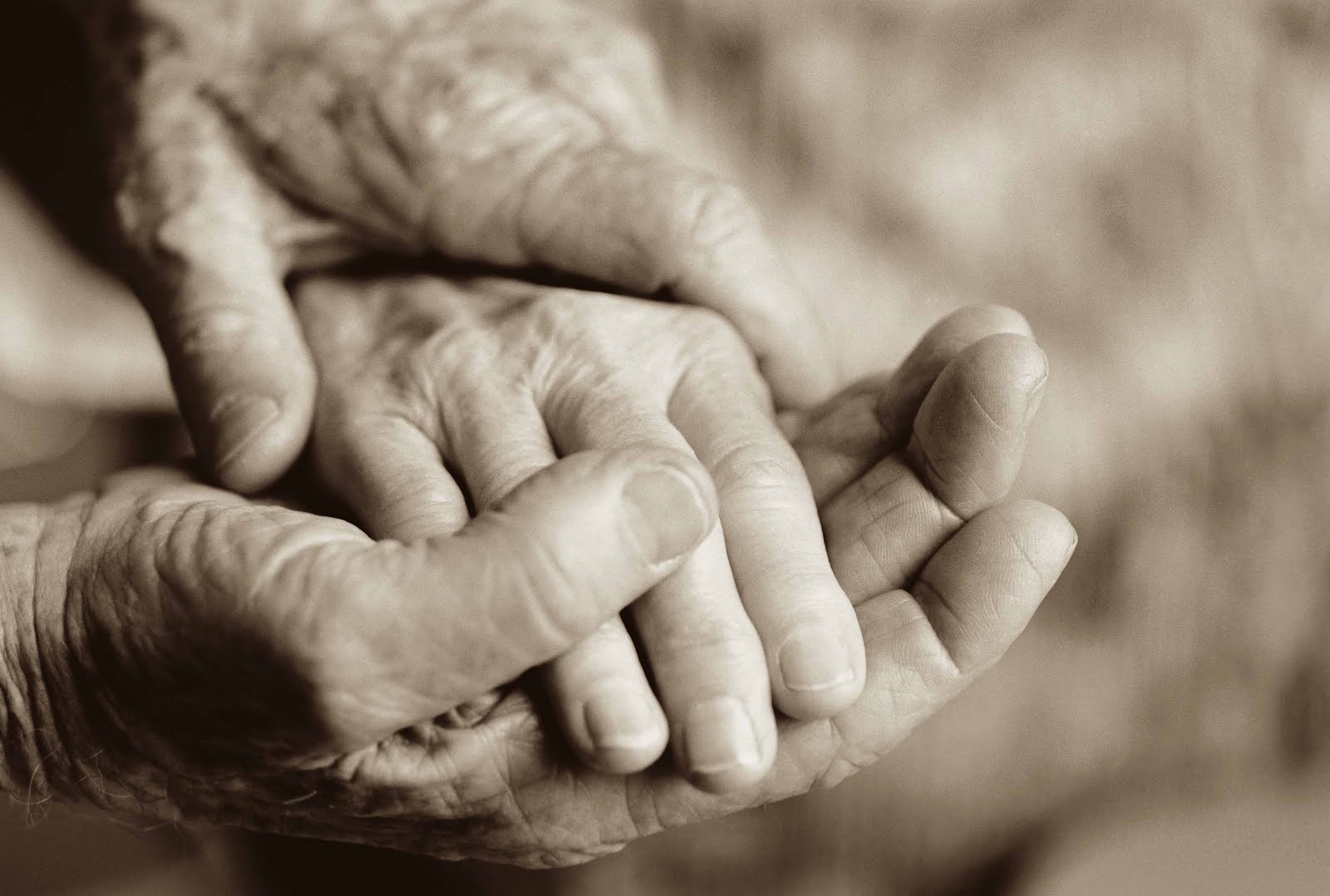The Sufi Hadhrah in the Shafi’i Madzhab
بِسۡمِ
ٱللهِ ٱلرَّحۡمَـٰنِ ٱلرَّحِيمِ
The hadhrah is permissible in all the madzahib. There may be elements in a ruling where there is khilaf, such as the use of musical instruments mentioned below. These elements may be the general opinion within a madzhab or the opinion of certain scholars within a madzhab.
The hadhrah is a form of group dzikr where the attendees most often stand in a circle. Depending on the particular Sufi order, it can contain elements such as singing, dancing, and music. The ruling on an issue derives from its conceptualisation is a maxim of classical logic. It means that before one can pass judgement on an issue, one has to properly understand it. Whatever has been decisively proven as impermissible is not permitted, and whatever has been decisively proven as permissible is permitted.
If the hadhrah contains something impermissible, then attending it is forbidden. Some Shafi’i scholars are of the opinion that if the hadhrah includes the playing of musical instruments like the kubah, a drum that is wide at each end and narrow in the middle; the mizmar, a wood wind instrument similar to the flute; ‘awd, lute; and similar musical instruments, then attending it is forbidden. As for the duff, a shallow drum, like a tambourine but without the metal jingles; and drum that is wide at both ends and the middle; they are permissible for men and women, during weddings and at other times. If the hadhrah is free from forbidden elements and combines the remembrance of Allah (s.w.t.), praising Him and lauding the Prophet (s.a.w.), then all of this is fundamentally recommended in shari’ah according to consensus. If movement is added to this, as some Sufis do, there is no harm in it, because dancing is permissible for men and women in our school as long it does not affect indecency. Otherwise, it is forbidden.
Imam Shibab ad-Din Abu al-‘Abbas Ahmad ibn Muhammad ibn Hajr al-Haytsami (r.a.), the last muharrir imam of the Shafi’i madzhab, one who authoritatively identifies the strong and weak positions, was asked about Sufis dancing during their ecstasy, and he upheld their practice. He said, “It is permissible to stand and dance during gatherings of remembrance and audition according to a group of great scholars, among them being Shaykh al-Islam ibn ‘Abd as-Salam.” This is found in Fatawa al-Haditsiyyah.
Imam Abu al-Fadhl ‘Abd ar-Rahman ibn Abu Bakr ibn Muhammad Jalal ad-Din as-Suyuthi (q.s.), was asked about the hadhrah. He responded that it was not permissible to repudiate them and that the one who repudiates is mistaken. He narrated this from a group of scholars as recorded in al-Hawi li al-Fatawi.
In summary, it
is impermissible to repudiate those who attend the hadhrah, and condemn
it, because, at worst, this matter is differed upon. Only the ignorant and the Wahhabi sect do
that.




Comments
Post a Comment
Thank you for taking the time to share our thoughts. Once approved, your comments will be posted.